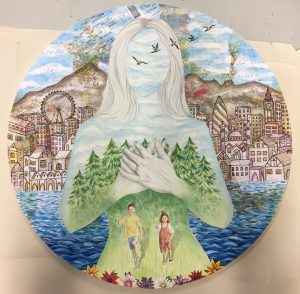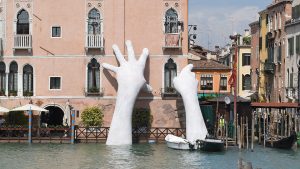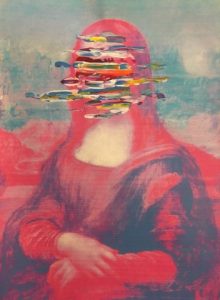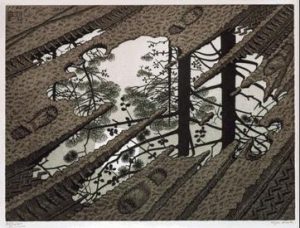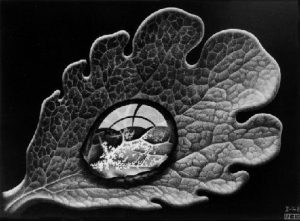This painting is 80x100cm and was painted using a palette knife and acrylic paint. Even though it was one of the biggest canvases I worked on, I believe it isn’t big enough. The goal of this painting was to make the viewer feel like they could enter the scene, like they were surrounded by a forest. In order to achieve this connection between the painting and the viewer, the painting must be as big as possible. It could even be painted straight on a gallery wall, as there really is no need for a canvas. Painting it on a larger scale will make room for more detail that could be added to the trees, to make them look more realistic. However I would like to keep the texture that the palette knives provided, since it adds realness to the painting. The increase in scale would also mean more colours could be added onto the painting, so that when it is viewed from up close, it would have an impressionistic style. The focal colours (burgundy, red, orange, yellow, purple) would remain the same though, since I want to portray a glowing autumnal scene.


